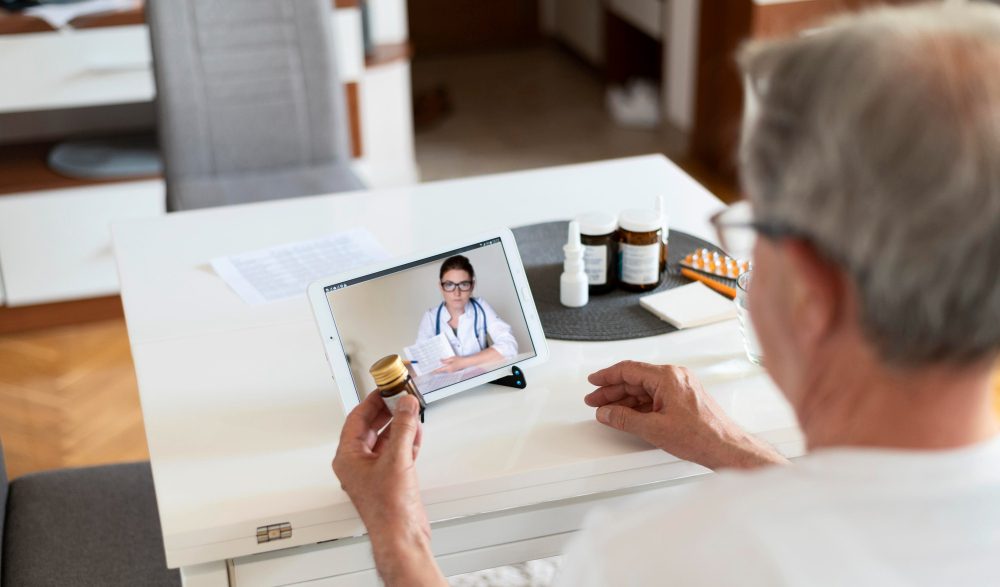
Telehealth-delivered behavioral health services spiked 45-fold since the onset of the COVID-19 pandemic, according to new data from market research firm Trilliant Health.
To assess behavioral health demand, supply, and yield trends, Trilliant researchers analyzed data from the company’s proprietary all-payer claims database and various third-party resources, including individual health plan and company financial statements, the Health Resources & Services Administration Workforce Projections, and the Substance Abuse and Mental Health Services Administration.
The report shows that behavioral health demand soared during the pandemic. By the second quarter of 2022, behavioral health visit volumes were 18 percent higher than pre-pandemic levels. Additionally, demand for these services grew faster than the national average in nine of the 10 largest metropolitan core-based statistical areas (CBSAs).
As demand increased, the use of telehealth to deliver behavioral healthcare skyrocketed. Prior to the pandemic, 1 percent of all behavioral health visits were performed via telehealth, but as of Q2 2022, 32.8 percent of all visits were conducted through telehealth. This represents a 45-fold increase.
Simultaneously, behavioral healthcare began to account for higher shares of telehealth use over the course of the pandemic, the report noted. In Q2 2019, 34.4 percent of telehealth visits were related to behavioral healthcare. By Q2 2022, that figure jumped to 63.8 percent, an increase of almost 30 percentage points.
Among payers, traditional Medicare recorded the highest share of behavioral health services delivered via telehealth, with these visits rising from less than 2 percent in the first quarter of 2019 to 48.6 percent in Q2 2022. Traditional Medicare was followed by Medicare Advantage, with 40.1 percent of behavioral health visits conducted virtually in Q2 2022, Medicaid with 36.7 percent, and commercial insurance with 31.8 percent.
But even as demand and use of behavioral health services grew, investments in digital behavioral healthcare declined.
Private equity investments in the behavioral health sector, including virtual care and digital health platforms, totaled $2.6 billion in 2022, a 52.9 percent drop from 2021, according to the report. In addition, the number of deals decreased from 354 in 2021 to 289 in 2022.
The report also shows that the practice of prescribing stimulants via telehealth rose during the pandemic and appears to have remained popular. Between 2017 and 2019, stimulant prescribing via telehealth increased from 0.5 percent to 1.4 percent. In the years following, stimulant prescribing via telehealth reached 35.3 percent in 2020, 39.4 percent in 2021, and 38.4 percent in 2022.
But these rates may see a drastic drop in the years ahead. The US Drug Enforcement Administration (DEA) recently released proposed rules that extend some flexibilities for telehealth-enabled prescribing but limit the virtual prescription of certain controlled substances following the COVID-19 public health emergency.
The agency plans to permanently allow telehealth consultations involving controlled medication prescriptions if the medical practitioner has previously performed an in-person examination of the patient. The proposed rules also protect telehealth prescriptions for a 30-day supply of Schedule III-V non-narcotic controlled medications and a 30-day supply of buprenorphine for treating opioid use disorder (OUD).
However, the proposed rules do not extend flexibilities for virtual prescribing of other controlled substances, like Adderall, Oxycodone, Vicodin, and Ritalin, without a prior in-person exam.
These proposed rules were released after some direct-to-consumer telemental healthcare companies came under federal scrutiny over their prescribing practices. The Wall Street Journal reported last year that both Done and Cerebral, which offer treatments for attention-deficit/hyperactivity disorder (ADHD), were facing probes from federal agencies over reports that they overprescribed certain controlled substances.
Source: MhealthIntelligence

Leave a Reply